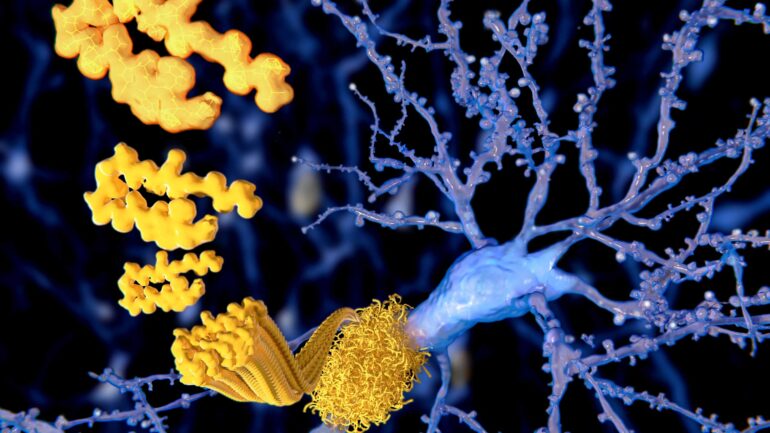TL;DR:
- Boston University researchers propose a data-driven strategy to identify individuals at high risk of progressing from mild cognitive impairment (MCI) to Alzheimer’s disease (AD).
- They developed a deep learning framework using brain fluid amyloid-β levels and gray matter volume patterns to stratify individuals with MCI into risk groups.
- Survival analysis and neural networks were combined to predict the progression to AD, confirming findings with biological evidence.
- Brain regions relevant to AD, like the medial temporal lobe, were identified as critical indicators for predicting progression risk.
- Their approach utilizes interpretable machine learning and readily available structural MRI data, making it applicable in clinical settings.
Main AI News:
In a bold stride towards revolutionizing the landscape of Alzheimer’s disease (AD) management, Boston University researchers have unveiled an ingenious data-driven strategy. With AD projected to inflict a staggering financial burden exceeding $1 trillion worldwide, the urgency to identify at-risk individuals at the earliest stages of mild cognitive impairment (MCI) has never been more paramount.
Under the leadership of Vijaya B. Kolachalama, PhD, FAHA, an esteemed associate professor of medicine at Boston University Chobanian & Avedisian School of Medicine, the research team devised a cutting-edge deep learning framework. The crux of their method lies in effectively stratifying individuals with MCI based on brain fluid amyloid-β levels and gray matter volume patterns, thus illuminating distinct risk groups for progression to AD.
But that’s not all. The real breakthrough came when they harnessed the power of survival analysis, expertly weaving neural networks into their predictive models. The result? A seamless fusion of data science and neurology, fueling the quest for early intervention strategies that could alleviate the staggering financial, physical, and psychological toll that AD imposes on patients and caregivers alike.
What sets this study apart from the rest is the researchers’ unwavering commitment to accuracy and transparency. By diligently aligning their model predictions with biological evidence, they solidify the credibility of their findings. Brain regions pertinent to AD, particularly the medial temporal lobe, emerged as pivotal predictors of progression risk, seamlessly harmonizing with established medical knowledge.
Driven by the pursuit of innovation, the researchers ventured into the uncharted territory of interpretable machine learning. Armed with state-of-the-art deep learning methods and fortified by SHapley Additive exPlanations (SHAP), a game theory-inspired technique enhancing model transparency, they deftly uncovered regions crucial for predicting increased progression risk. However, the real beauty of their approach lies in its practicality. By leveraging minimally processed structural MRI data—a readily available, non-invasive tool—they have laid the foundation for scalable implementation in real-world clinical settings.
Conclusion:
The groundbreaking research from Boston University presents a transformative approach to addressing Alzheimer’s disease risk stratification. By leveraging advanced deep learning methods and interpretable machine learning, this data-driven strategy holds immense potential for the healthcare market. It opens new avenues for early intervention, potentially alleviating the financial burden and improving patient outcomes. The seamless fusion of neurology and computer science signifies a promising paradigm shift, sparking hope for a future where timely interventions can mitigate the impact of Alzheimer’s disease on millions worldwide. As businesses and healthcare providers embrace this cutting-edge technology, the market can anticipate significant advancements in personalized care and improved resource allocation for Alzheimer’s disease management.

